When Christie’s New York announced that it was offering two recently restituted mummy portraits in its 25 October Antiquities sale, my first action was to take from my shelves Euphrosyne Doxiadis’s The Mysterious Fayum Portraits: Faces from Ancient Egypt. My first thoughts, however, were to wonder once again how anyone could believe that these arresting and extraordinarily vital images were posthumous or painted around the time of the death of their subjects.
Yet in 1997, shortly after Doxiadis’s revelatory book was published, the British Museum staged ‘Ancient Faces: Mummy Portraits from Ancient Egypt’ and the authors of its catalogue, Susan Walker and Morris Bierbrier, argued just that. Such a theory seems to fly in the face of the visual evidence (their argument leaned heavily on deductions drawn from CAT scans). Even a cursory flick through the illustrations of either publication reveals not only the particularity of these portraits but also a sense of a very real and live presence.
Like many modern-day portrait photographs, these men, women and children are depicted at an angle to the viewer, their heads turning slightly to engage us directly. In most of the portraits, touches of white on the pupils suggest light reflected in the subjects’ live, filmy eyes. A prostrate dead or dying person would surely be represented square on. It is hard to see them as generic portraits rather than likenesses, as has also been suggested.
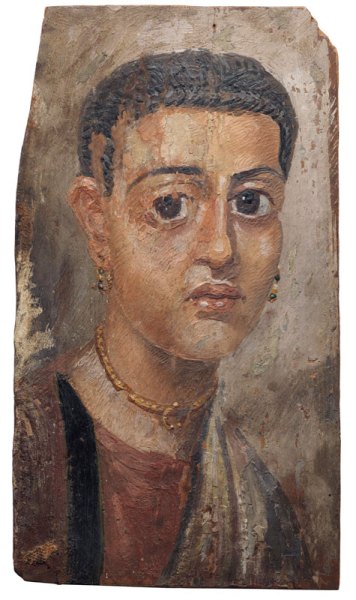
An Egyptian encaustic on wood mummy portrait of a woman (Hadrianic period, 2nd century AD). Christie’s New York, estimate $150,000–$250,000
Whether they began life as domestic portraits or not, these images open a window onto the multicultural melting pot that was Roman Egypt in the first three centuries after Christ. The richest among its various peoples appear to have adopted and adapted ancient Egyptian funerary practices, embalming and encasing the bodies of their dead in wound linen bandages, or in a cartonnage shell made of linen and plaster. A tradition evolved whereby a portrait of the deceased painted on a thin wooden panel was attached to the front of the mummy, over the head but under the wrappings, to give the impression of a window through to the face. These are in effect Graeco-Roman portraits, which followed the classical Greek naturalistic style perfected in Athens during the 4th century BC but whose subjects sported the latest Roman imperial hairstyles and jewellery. They are the most remarkable body of panel painting to survive from classical antiquity, and represent a tradition that continued in the west through Byzantine art.
The first discovery of a mummy portrait appears to have been made by the Italian traveller Pietro della Valle in 1615, but they only began to be excavated in any number in the 1880s. In 1887, the British archaeologist W. M. Flinders Petrie made a sensational find of numerous portrait mummies in the necropolis at Hawara in the Fayum region, south of Cairo, and presented them even more sensationally in the Egyptian Hall in Piccadilly on his return to London in 1888. The hot dry climate had preserved the portraits, and the colours of many of them seemed not to have faded over the centuries. Even though he described them as ‘only a sort of undertaker’s business, in a provincial town of Egypt, and belonging to the Roman age, when art had greatly declined,’ Flinders Petrie recognised their peculiar spirit, and that they should be treated as art rather than archaeology. He was proud of the fact that many of his Fayum portraits found a home – until the 1930s – in the National Gallery in London.
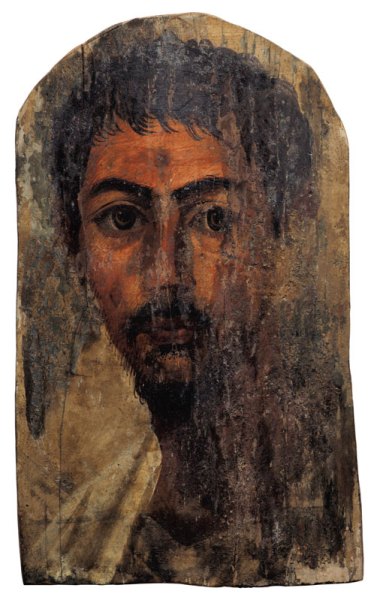
An Egyptian encaustic on wood mummy portrait of a bearded man (Hadrianic period, 2nd century AD). Christie’s New York, estimate $100,000–$150,000
When Flinders Petrie found this cache of mummy portraits, there were only 20 in museums. Now around 1,000 are known. The higher quality examples tend to be painted in pigment suspended in beeswax, a technique referred to as encaustic; others are executed in tempera. Christie’s head of Antiquities Max Bernheimer has seen just 8–10 examples come through the firm during his 25 years there.
The two portraits here have a notable history. They were first recorded in the collection of the German Jewish publisher and philanthropist Rudolf Mosse (1843–1920) who had sponsored the excavations of the Egyptologist Heinrich Karl Brugsch. In 1933, Mosse’s only child and her husband were forced to leave Germany, and the family’s art collection was seized. The portraits were sold at auction the following year and acquired by another German critical of the Nazis, Erich Maria Remarque, a novelist best remembered for All’s Quiet on the Western Front. His second wife, the actress Paulette Goddard, sold both to the University of Zurich in 1979. Its researches led to the restitution of the paintings to the Mosse heirs.
Both portraits are of the Hadrianic Period, dated to around the 2nd century and painted in encaustic. They may not be among the best of the surviving examples, but they are far from the worst. Of the two, the portrait of the relatively young woman has fared better (and bears the higher but still conservative estimate of $150,000–$250,000). She wears her hair in a single braid encircling her crown, a style typical of the period, as are her earrings. Her gold necklace with its lunula pendant may well be an earlier heirloom. The set of her face gives her an uncertain, tentative look. Over-large eyes are the one obviously non-naturalistic feature of all the mummy portraits. Hers are dark liquid pools, and we gaze into them hoping that they might divulge their secrets.
Unlimited access from just $16 every 3 months
Subscribe to get unlimited and exclusive access to the top art stories, interviews and exhibition reviews.

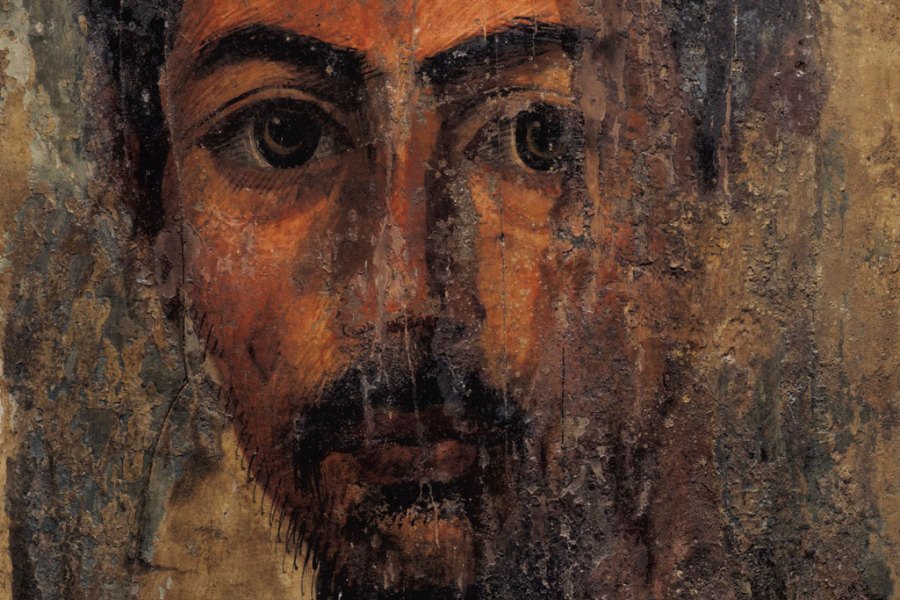
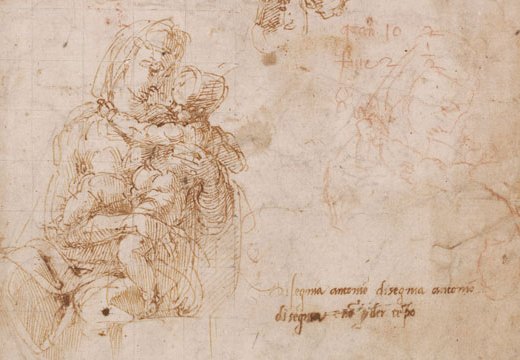
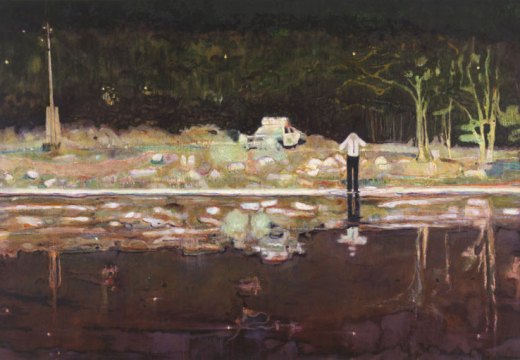
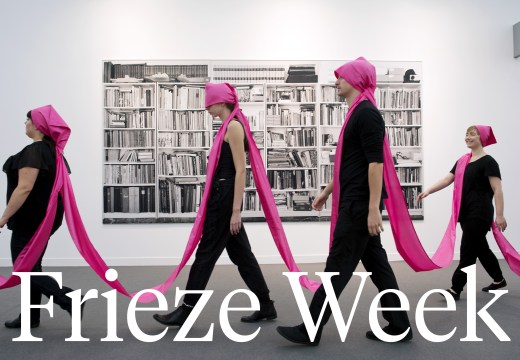









![Masterpiece [Re]discovery 2022. Photo: Ben Fisher Photography, courtesy of Masterpiece London](http://www.apollo-magazine.com/wp-content/uploads/2022/07/MPL2022_4263.jpg)
It’s time for the government of London to return to its rightful home